How to Treat Hot Spots on Dogs at Home: Safe and Effective Remedies That Work
Hot spots on dogs, also known as acute moist dermatitis, are a common summer problem. These red, itchy patches develop rapidly and can worsen in hours if untreated. Wondering how to treat hot spots on dogs at home? This guide breaks down causes, symptoms, and effective home cures for dog hot spots, blending expert advice and safe remedies to help your dog heal fast and stay comfortable.
What Causes Hot Spots on Dogs?
Hot spots are areas of skin inflammation triggered by:
Moisture buildup: Wet fur from baths or rain creates the perfect breeding ground for bacteria.
Allergies and parasites: Flea bites, mites, or food/environmental allergies can irritate the skin.
Excessive licking and scratching: Dogs may worsen hot spots by chewing irritated spots repeatedly.
Thick fur: Breeds with heavy coats (e.g., Golden Retrievers, Samoyeds) are more prone to hot spots due to trapped heat.
If hot spots come with strong odor, pus, or signs of fatigue, seek veterinary help immediately to prevent infection.
Recognizing Hot Spots: Symptoms You Shouldn't Ignore
Hot spots can spread fast. Look for these warning signs:
Red, swollen, or warm skin that your dog avoids being touched.
Hair loss around the affected area, revealing moist or crusty patches.
Excessive licking, chewing, or scratching of one area.
Fever in severe cases of infection.
They commonly appear on the neck, back, and hips—areas prone to friction and moisture. Inspect your dog’s skin regularly, especially during hot seasons.
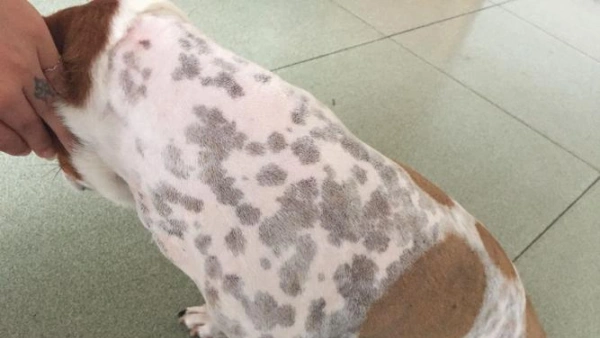
How to Treat Hot Spots on Dogs at Home: 5 Easy Steps
If your dog’s hot spot is mild—no strong odor, no deep wound—you can try these safe dog hot spots treatment methods at home:
1. Trim the Fur Around the Area
Use pet clippers or blunt scissors to remove 1–2 cm of fur around the hot spot. This allows air to dry the skin and prevents bacteria from thriving.
2. Gently Clean and Disinfect
Apply warm saline solution (1 tsp salt in 1 cup warm water) or an antibacterial pet wash. Clean the area 2–3 times daily. Avoid using alcohol or hydrogen peroxide, which can irritate the skin further.
3. Apply a Natural Healing Ointment
Coconut oil: Offers antibacterial benefits and protects the wound.
Calendula cream: Soothes inflamed skin, ideal for sensitive pups.
Alcohol-free aloe vera gel: Helps relieve pain and itching (ensure your dog doesn’t lick it).
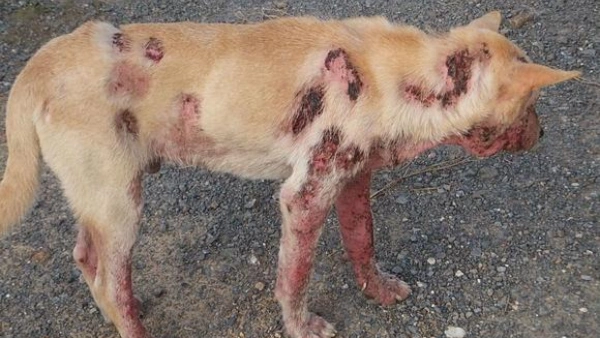
4. Use an Elizabethan Collar
Prevent your dog from licking or scratching the hot spot, which can worsen inflammation and delay healing.
Everything Our Vets Recommend
5. Keep the Environment Dry and Clean
Clean your dog's bed, toys, and grooming tools regularly. Consider using a dehumidifier indoors, especially during wet seasons.
Tip: If there’s no improvement in 3 days or if the hot spot spreads, consult your vet for further care.
Preventing Hot Spots: Daily Care That Works
Flea control: Use monthly flea preventatives to stop bites that trigger hot spots.
Avoid allergens: If your dog is allergic to food or pollen, minimize exposure.
Keep skin dry: Always dry your dog thoroughly after baths or rainy walks.
Healthy diet: Include Omega-3 fatty acids (like fish oil) to boost skin immunity.
FAQs: Hot Spot Treatments Answered
Q1: Can hot spots heal on their own?
Mild hot spots may heal with at-home care, but monitor closely. If wounds worsen or fever develops, call your vet.
Q2: Is it okay to use human ointment on dog hot spots?
Avoid human creams with steroids or antibiotics—they may cause side effects. Use pet-safe topical solutions.
Q3: How to tell if it’s a hot spot or rash?
Hot spots spread faster and are more painful than minor rashes. Look for wet, red areas and behavioral signs like constant licking.
Helping Your Dog Heal from Hot Spots
Curing hot spots on dogs at home is possible with fast action and proper care. Trim fur, clean wounds, apply safe ointments, and create a dry, clean space for your pet. Long-term, flea control, balanced diets, and moisture management prevent recurrence. If you’re unsure how to treat dog hot spots or see signs of infection, don’t wait—talk to your vet for the best treatment for hot spots on dogs. Your dog’s comfort depends on timely care!
You May Like:
- Effective Home Remedies for Dog Cough and Treatment Tips for Owners
- Best Flea and Tick Prevention for Dogs to Keep Them Safe and Healthy
- Erythromycin Compounded Capsule for Dogs, Cats & Horses, 100-mg, 90 Capsules
- Best Home Remedies to Help Dogs With Dry, Itchy Skin Naturally
User Comments
Does flea treatment kill ear mites too?
Can dogs take human probiotics?
Can dogs have people probiotics safely?
Related Articles
View all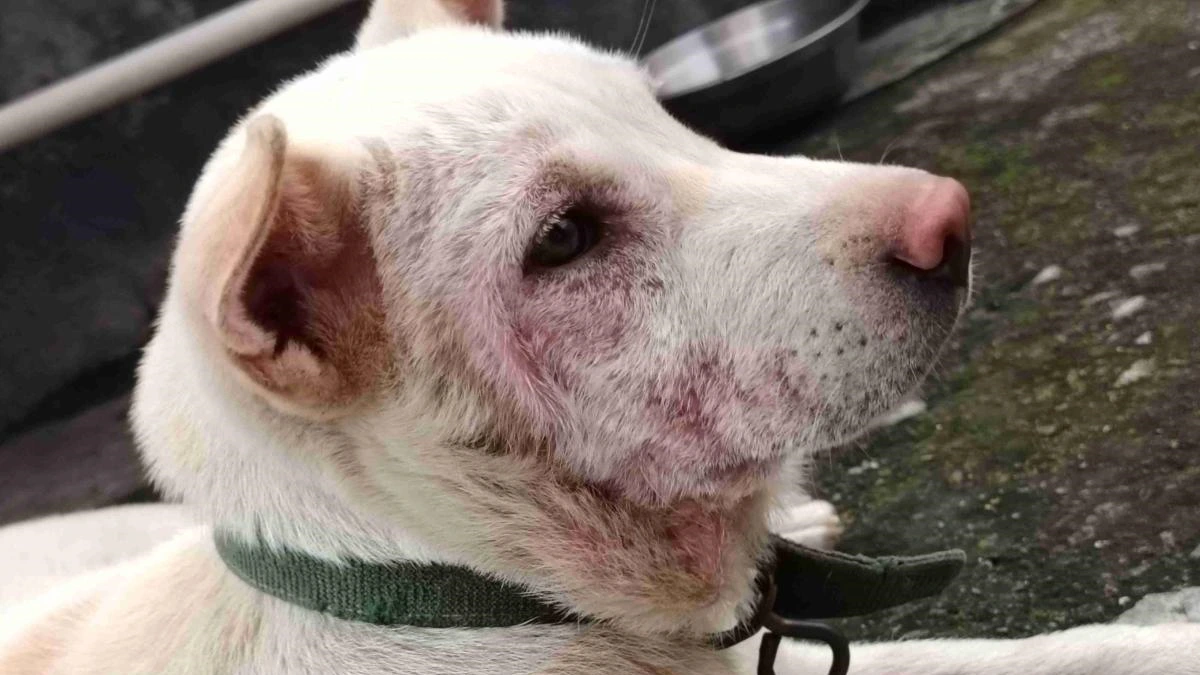
How to Get Rid of Dog Allergies Naturally: Common Mistakes
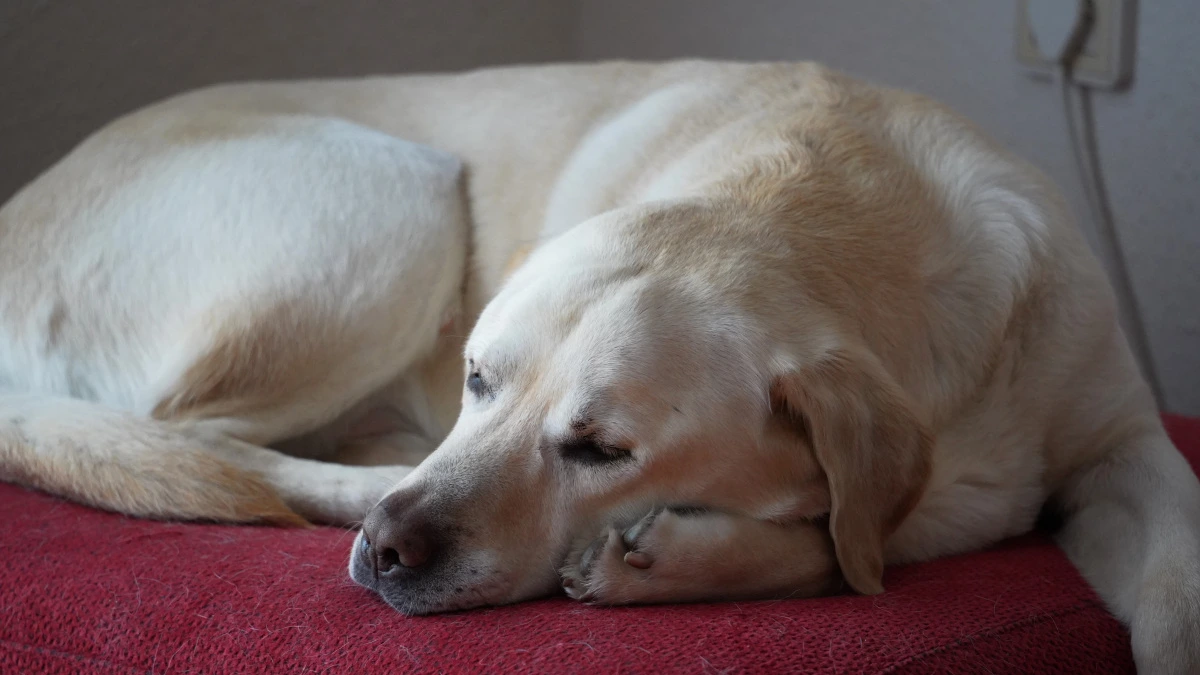
Dog Allergic Reaction Eye Swelling: Hidden Mistakes to Avoid
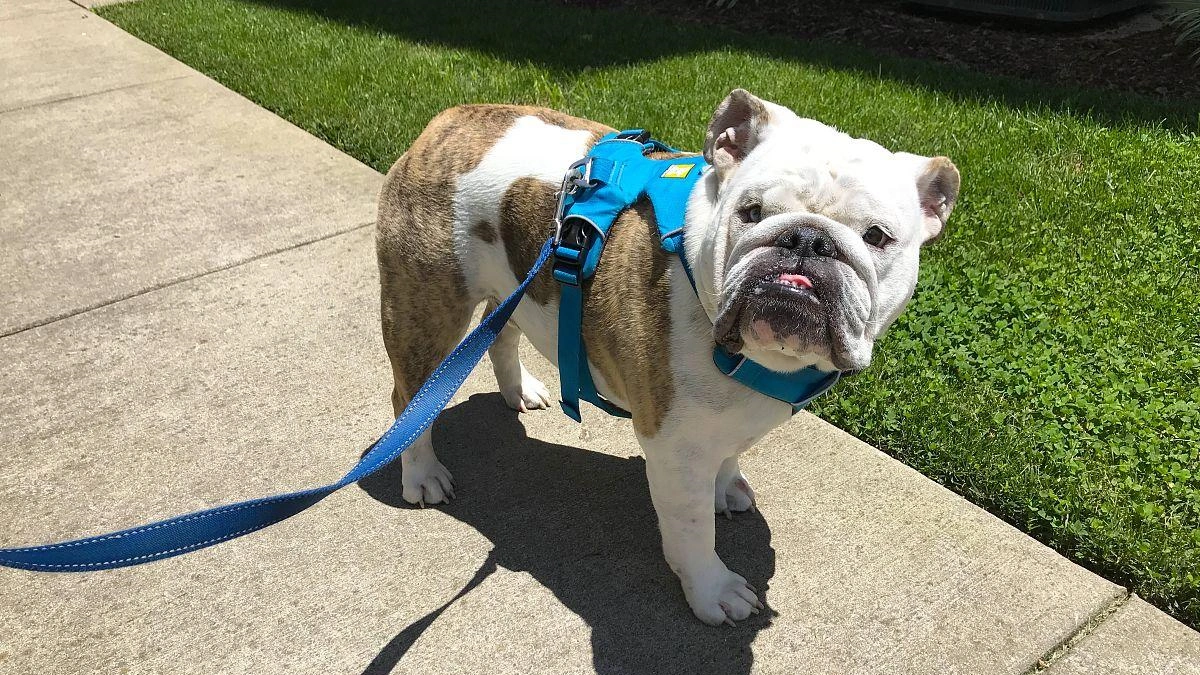
Why Do Bulldogs Scratch? Bulldog Skin Allergies Guide
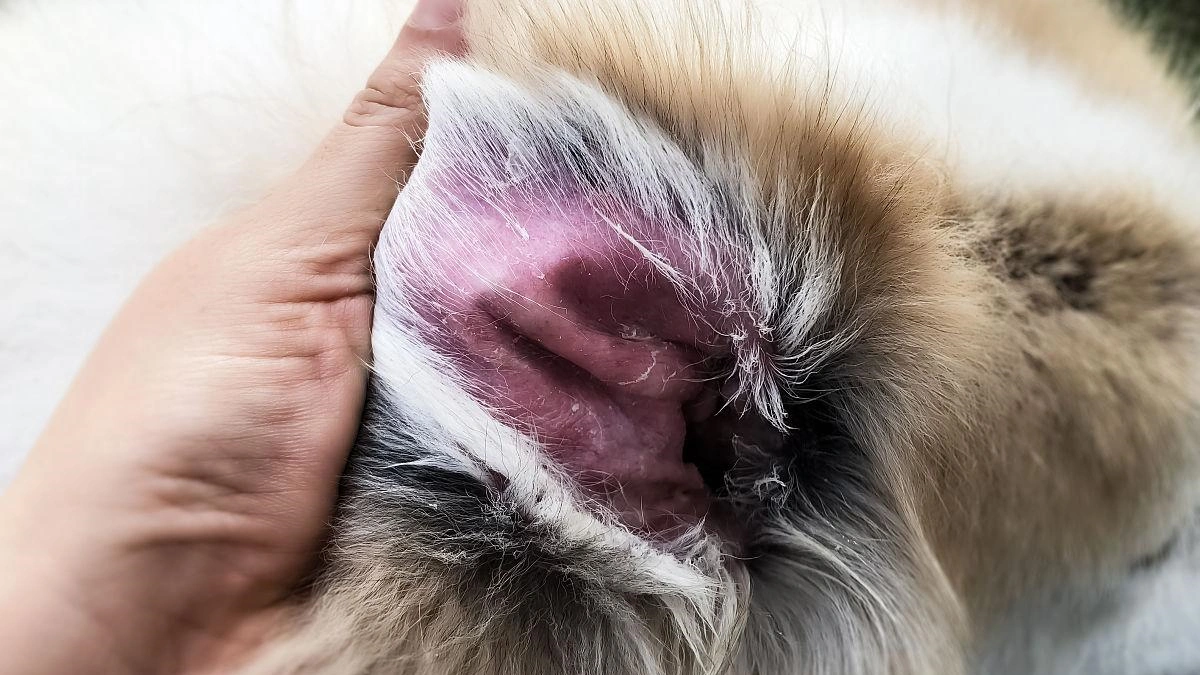
Cure for Dog Skin Allergies Owners Often Miss

How to Get Rid of Dog Allergies Naturally: Common Mistakes

Dog Allergic Reaction Eye Swelling: Hidden Mistakes to Avoid

Why Do Bulldogs Scratch? Bulldog Skin Allergies Guide

Cure for Dog Skin Allergies Owners Often Miss
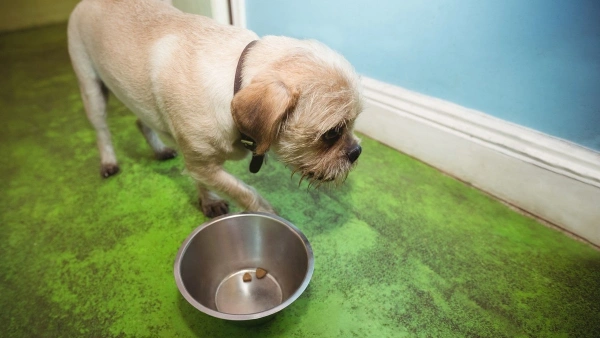
Vet-Recommended Wet Dog Food for Sensitive Stomachs — 2025 Guide
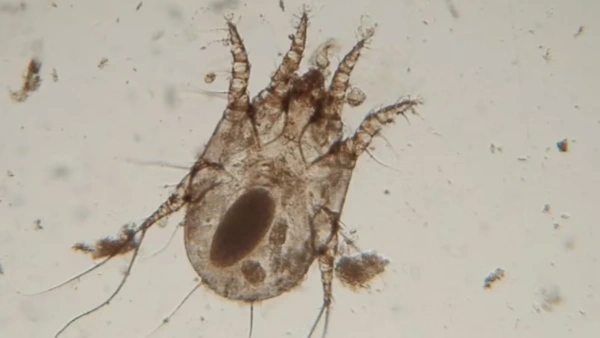
Dog Dust Mite Allergy: Symptoms, Treatment, Prevention
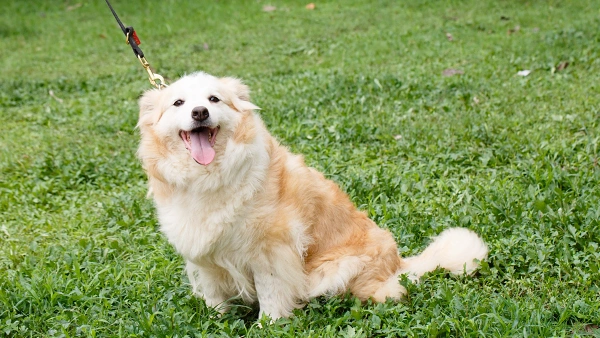
Can Allergies in Dogs Cause Diarrhea and Vomiting? Explained
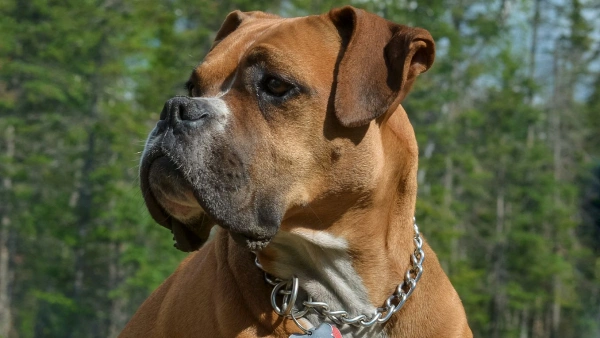
10 Pitbull Health Problems You Should Know in 2025 — Tips
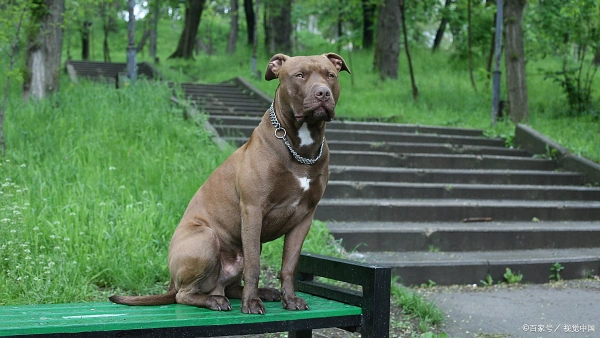

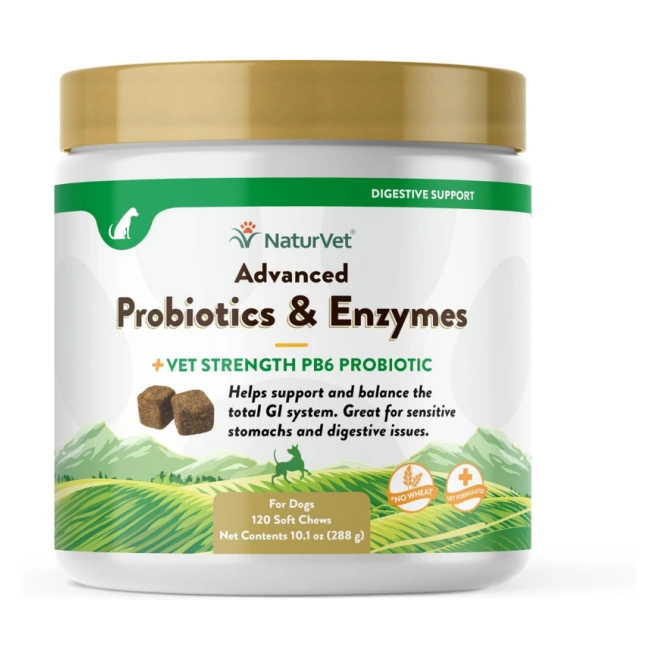
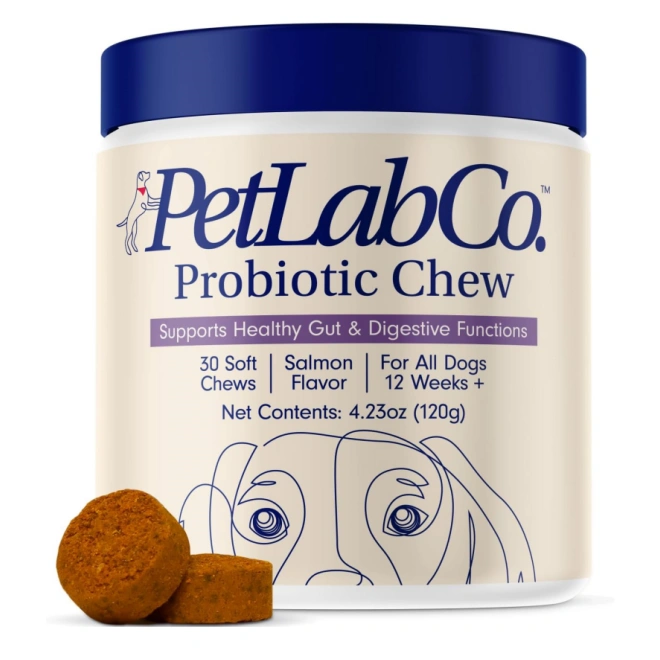
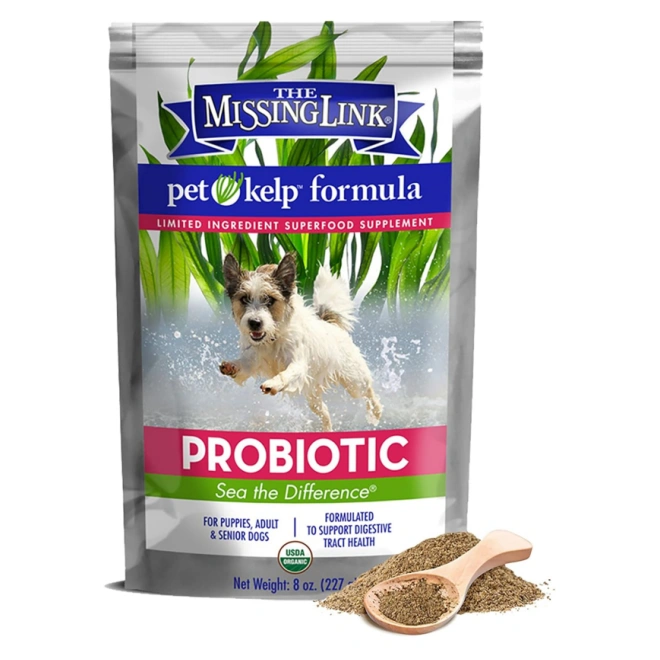
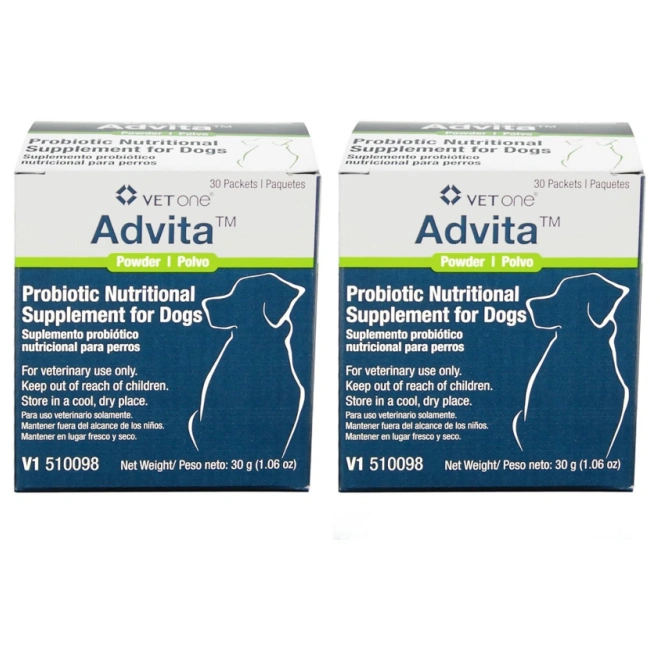








Leave a Reply